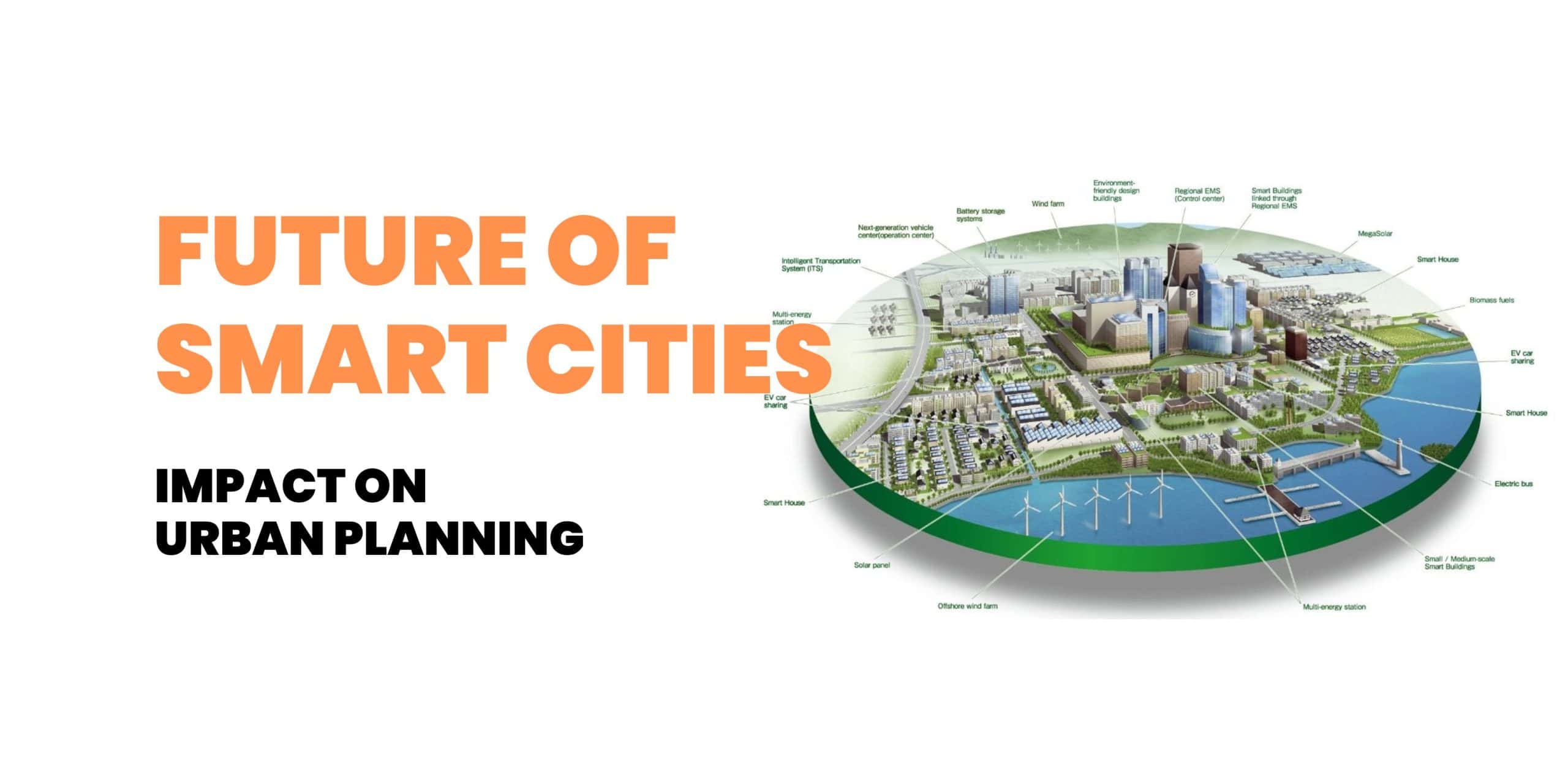
Account

The concept of smart cities is rapidly transforming the urban landscape, integrating advanced technologies to improve the quality of life for residents, enhance sustainability, and optimize urban services. As we look towards the future, the development and implementation of smart city technologies are poised to significantly influence urban planning and design.
Internet of Things (IoT) Integration
Sustainable Energy Solutions
Intelligent Transportation Systems
Urban Mobility and Accessibility
Data-Driven Decision Making
Enhanced Public Services
Design and Infrastructure
Sustainability and Resilience
Community Engagement and Inclusivity
Economic Development
Safety and Security
Challenges and Considerations
Singapore
Barcelona, Spain
Songdo, South Korea
The future of smart cities holds immense potential to revolutionize urban planning and design. By leveraging advanced technologies, urban planners can create more sustainable, efficient, and livable cities that address the challenges of modern urbanization. As smart city initiatives continue to evolve, they will play a pivotal role in shaping the future of urban living, offering innovative solutions for a better tomorrow.
Your one stop solution for all your construction needs.
Tailored made solutions for your requirements
Prompt, Precise and Guaranteed timely delivery, every time.
Personalized assistance and expert guidance every step.
ibeam: Your Trusted Partner for Quality Building Materials
Streamline your procurement process with ibeam’s extensive product range, reliable supplier network, and seamless online experience. We deliver unbeatable value, top-tier quality, and on-time delivery—empowering contractors, builders, and traders across the Middle East and African countries.
+971 55 778 3469
Website & Digital Marketing: KVN Promos

